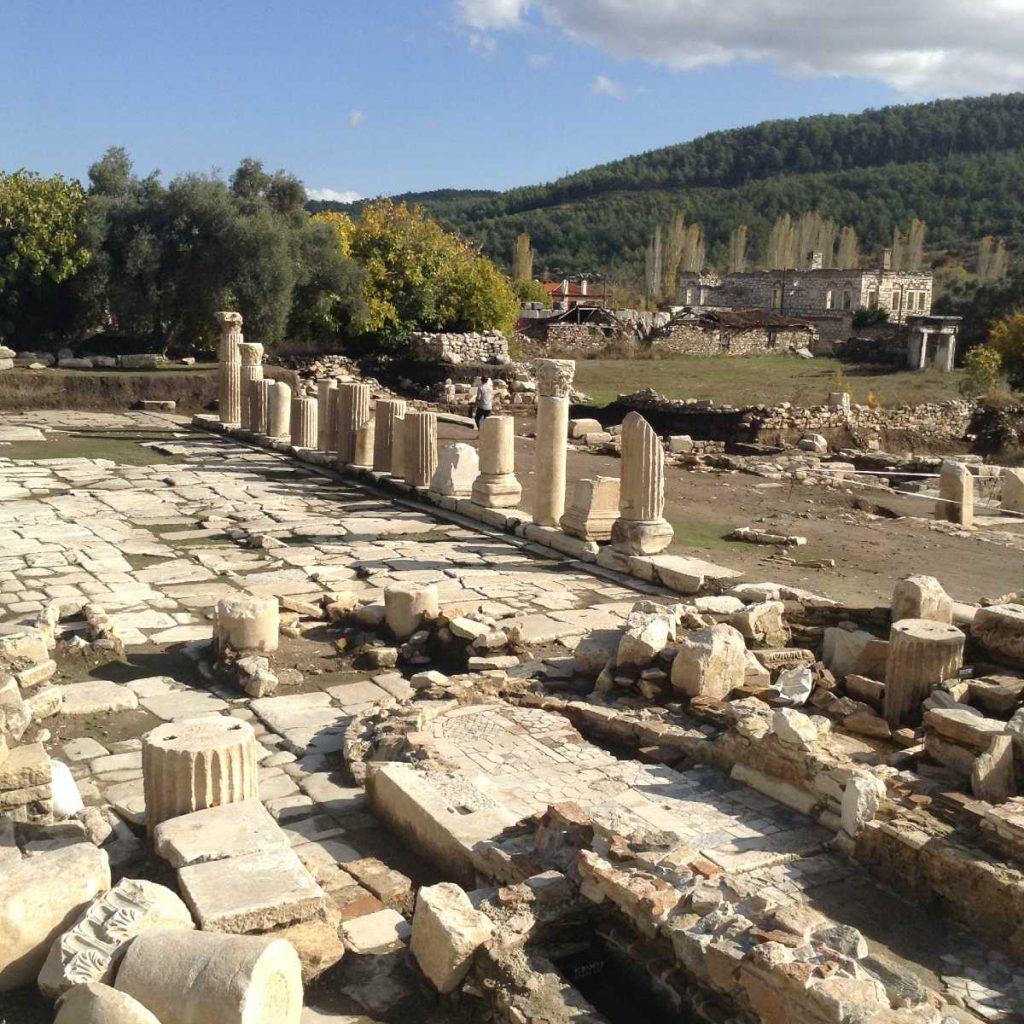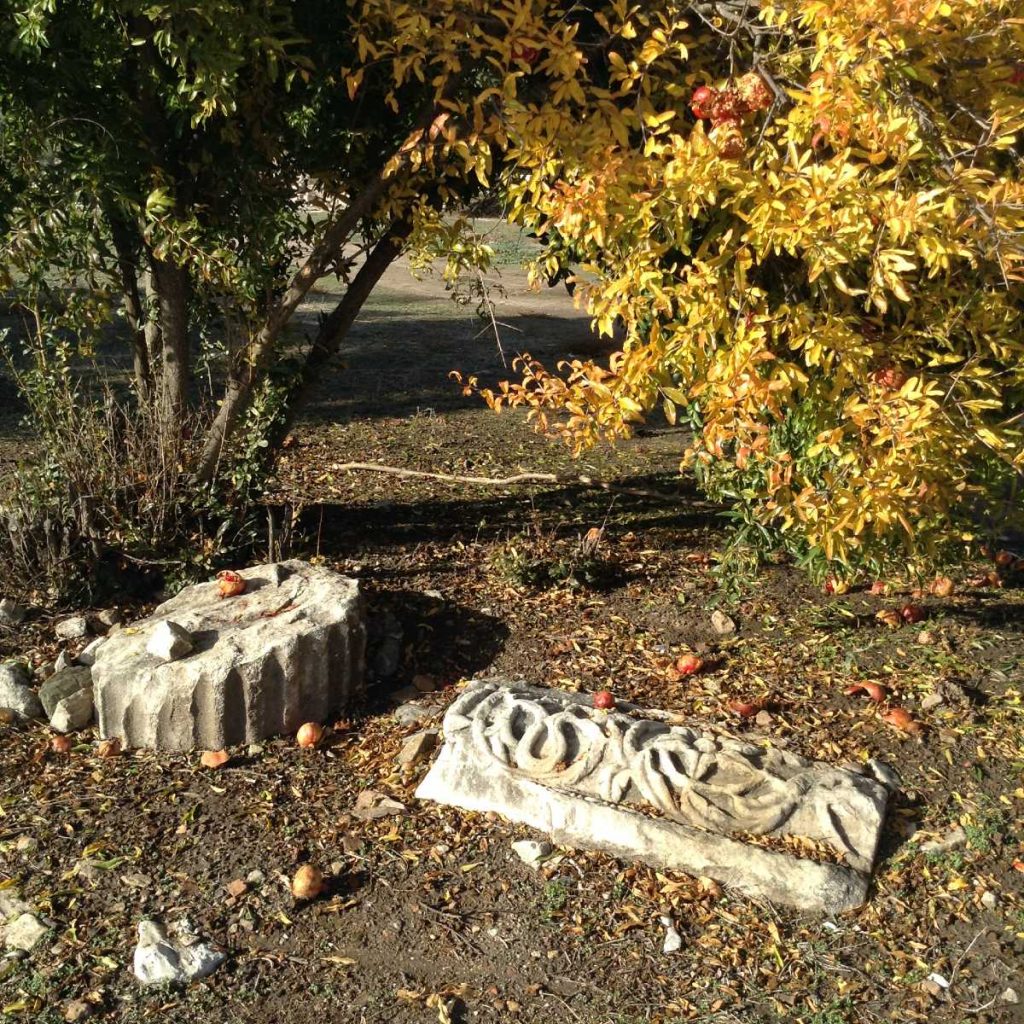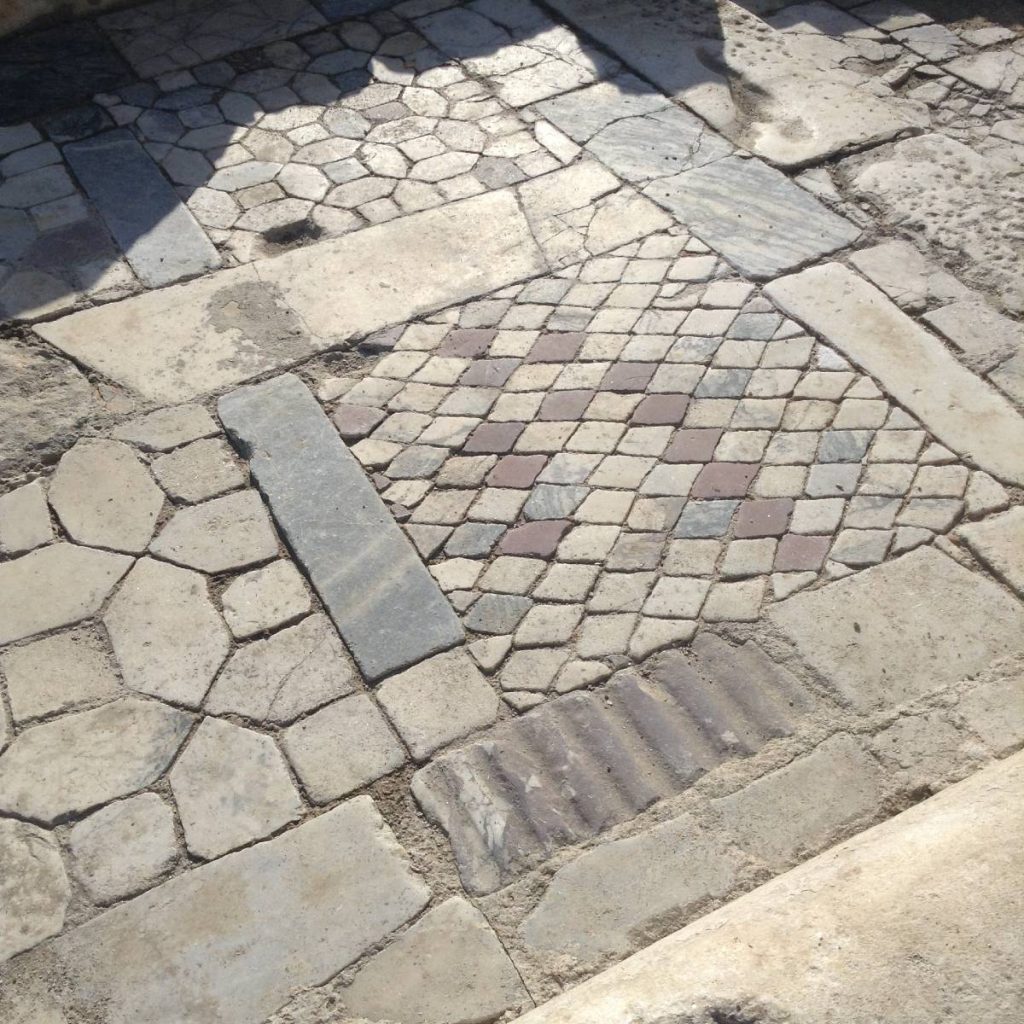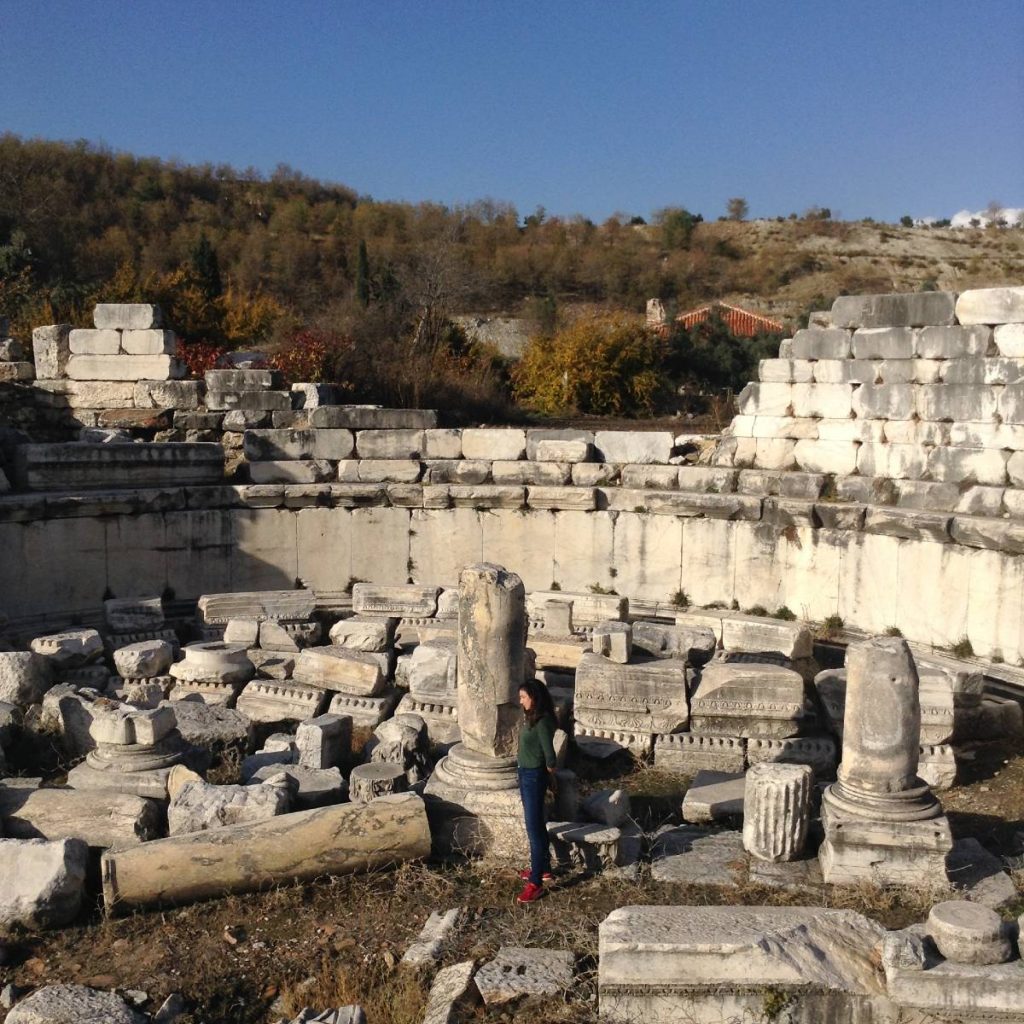Aside from the yet to be excavated ancient settlement near my home in Turunç (near Marmaris), Stratonikeia was my first, official, ancient city experience having lived in Turkey for over six years. It was brought to my attention by my sister-in-law, Seda, who knows I have a passion and curiosity for archaeology. I immediately wanted to go and explore. I couldn’t believe I had not heard of this ancient marvel since it isn’t far from where we live and I’m sure we had passed by it a thousand times without ever knowing. Stratonikeia is one of the largest marble cities in the world and dates back to around 3,000 years old. Located in the vicinity of the old Eskihisar Village just outside of Muğla’s city center near Yatağan. The ruins are not visible from the road and even though there is a small sign, it’s easy to miss. Seçkin and I went one Autumn afternoon and I was thrilled to dive first hand into the ancient world. Before we even entered the premises, the parking area was full of gigantic sarcophagi carved from limestone. I was fascinated by their enormous size and volume. How were these tombs transported back in the day? Was it intended that they be left above ground as constant reminder to the living or were they supposed to be buried underground? I had so many questions about the ancient world and this excursion was bound to ignite more.

At the entrance, there was a fellow who might have been a security guard, but regardless of who he was, he seemed to care less that we were there to visit the site. It was free to enter this magnificent wonderland and that amazed me. How could that be with so many cultural artifacts just laying around and who was around to protect them? We followed the cobblestone road that took us past a historic mosque, Saban Ağa Camii, built in 1876. We saw traces of a 14th century hammam and historical village houses, some that are still occupied today by the villagers who decided to stick around. I wouldn’t want to leave this incredible place either. Stratonikeia was once considered an important civic center of Anatolia when this area was known as the Carian Region. This landscape of layered identities has been home to many civilizations over centuries up until and including now: Carian, Greek, Roman, Byzantine, Seljuk, Ottoman, and Turkish Republic. This archaeological cornucopia is a deeply textured, multi-cultural treasure. A variety of structures remain intact throughout the city, their white marbled limbs still glisten under the sun. We followed a dirt road lined with gold leaved pomegranate trees until we reached the Gymnasium. I was blown away by all the marble: Columns, walls, pedestals, slabs and benches- it was phenomenal. Tarnished by time, some slabs bore splotches of gray, it seemed the marble had taken on a few battles of its own. Clover bloomed from cracks and crevices as snails coasted slowly between light and shadow. The way the sun illuminated the marble made it feel like a mythical dream world. I could picture women wearing white flowing robes as they moved between columns asking me to follow them…

What was truly amazing was that we saw only one other couple the entire time. How is it that such a remarkable and free place barely had any visitors? No wonder people continue to live here, they have all the magnificence to themselves. We came upon the theater that was built into the natural slope of Kadikule Hill with carved, rectangular seats constructed during the Hellenistic Period. At the very top is a temple that I totally missed out on and only later learned of its existence. I was under a powerful spell induced by the beautifully decorated plinths that lay scattered around the stage area. We saw various symbols carved into marble slabs, mostly crosses, and noticed several inscriptions in Greek, Latin and Ottoman carved into the stone especially around the Bouleterion (council chamber).

Everywhere we roamed, we saw multitudes of random vestiges; decorative marble and limestone fragments, some piled on top of each other to form small, archaic mountains. Others appeared to be arranged in a semi-orderly fashion. Rows and rows of facades, friezes, columns, cornices, plinths… I couldn’t believe how many relics there were and I wondered how they would all fit together one day to tell the story of this place upon places. There were exposed hillsides loaded with visible odds and ends: ceramic shards, mysterious debris, archaic puzzle pieces. Some of the random marble fragments were used to mend old structures or fill an empty space. There were no figurative sculptures on the premises. What had been discovered or excavated over the years was taken to the museums in Muğla and Bodrum.

Near the outskirts of the city the Northern City Gate still stands intact. This was the entrance to the sacred road that connected Stratonikeia to the ancient sanctuary of Lagina, a religious cult center dedicated to the goddess, Hekate. This sacred road was a place of ritual where ceremonial processions took place between the two sites. One of the most important ceremonies was the procession of the key. A young female accompanied by a priest or priestess and a choir carried a key walking the 9km from Stratonikeia to Lagina in honor of Hekate. Hekate was an Anatolian and Greek goddess associated with the moon, magic, the night and the underworld. The key was a symbol associated with Hekate and this key was intended to unlock the door to the underworld. I wanted to walk that sacred route to think about what it must have felt like to be part of this sacred procession. How was the key bearer selected and what did that mean to them, to their family, to the people of Stratonikeia?
The entire city is a living archaeological wonder and I couldn’t believe how much there was to see. My first tactile experience with antiquity was unforgettable. As with many archaeological sites in Turkey, the excavations at Stratonikeia are still ongoing; there is so much more yet to be discovered. Go immerse yourself in this exquisite marble city, feel its magic and escape back to a time when humans and nature lived harmoniously.
Images are courtesy of the author.









